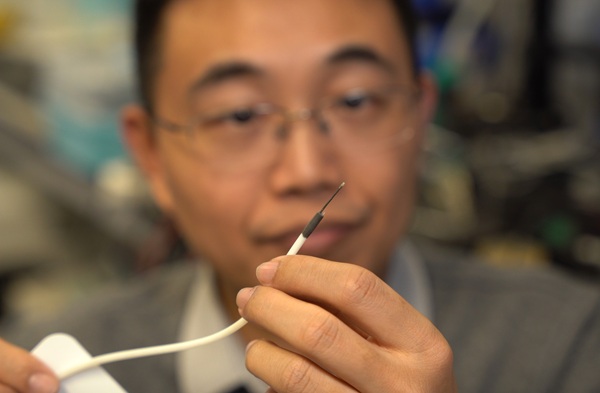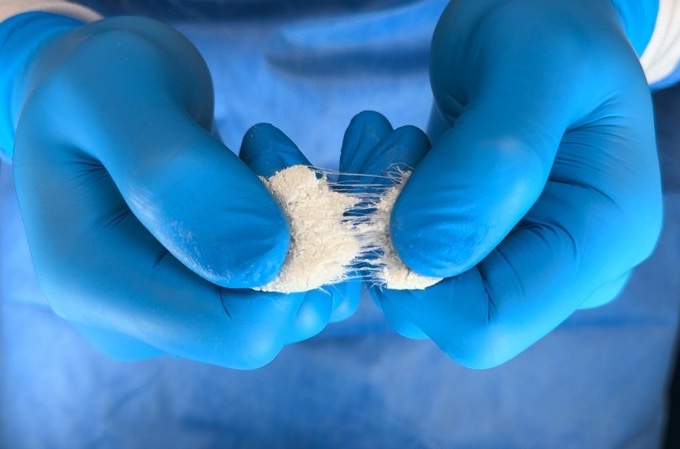World's Smallest Multifunctional Biomedical Robot Holds Promise for Interventional Diagnosis and Treatment
Posted on 22 Jan 2025
Small-scale continuum robots show great promise for interventional diagnosis and treatment, particularly due to their ability to navigate narrow cavities, facilitate quick recovery, and minimize infection risks. These robots have been applied in treating various diseases, including heart conditions through stents and electrophysiology catheters, as well as repairing perforations in gastric and duodenal ulcers via single-port laparoscopy, among other uses. However, current models often struggle with balancing compactness, precise navigation, and functional visualization during treatment. A new study has provided a significant advancement toward developing a surgical robot that aims to meet diagnostic and therapeutic needs in hard-to-reach areas of the body.
Researchers from the School of Engineering of the Hong Kong University of Science and Technology (HKUST) have developed the world’s smallest multifunctional biomedical robot, which is 60% smaller than current models. This robot combines imaging, high-precision motion, and multifunctional capabilities, including sampling, drug delivery, and laser ablation. The robot offers competitive imaging performance and improves obstacle detection by tenfold, making it ideal for applications in narrow, challenging body channels such as the lung’s end bronchi and the oviducts. With a slim profile of just 0.95 mm, this robot integrates three essential specifications that were previously considered unattainable. It significantly enhances obstacle detection distance to about 9.4 mm, which is ten times better than theoretical limits, while achieving remarkable motion precision (less than 30 μm) and expanding the imaging region by approximately 25 times.

This tiny robot, highlighted in Nature Communications, relies on four main components: an optical fiber array for capturing internal images, a custom tool for precise treatment delivery, a hollow skeleton that holds the fibers and tools in place, and a functionalized skin that allows for fine control of the robot’s movements. The skeleton is created using microscale 3D printing, and the functionalized skin is applied through a magnetic spray technique. This design allows the robot to maintain its small size and glide easily during surgery. Additionally, the robot features a gel-like outer layer to reduce friction. The team has tested this robot in vitro on bronchial models and ex-vivo in porcine lungs, demonstrating its ability to navigate tight spaces while capturing clear images and performing treatments in challenging areas. The researchers believe that this robot has immense potential for clinical applications and are working on refining its features for real-world use.
"We aim to further optimize the design and control of the fiberscopic robot, prioritizing safety and reliability during interventional surgery," said Dr. Zhang Tieshan, a postdoctoral fellow at HKUST and one of the two co-first authors of the study. “We look forward to implementing in vivo trials to demonstrate its performance in clinical scenarios.”
Related Links:
HKUST School of Engineering














